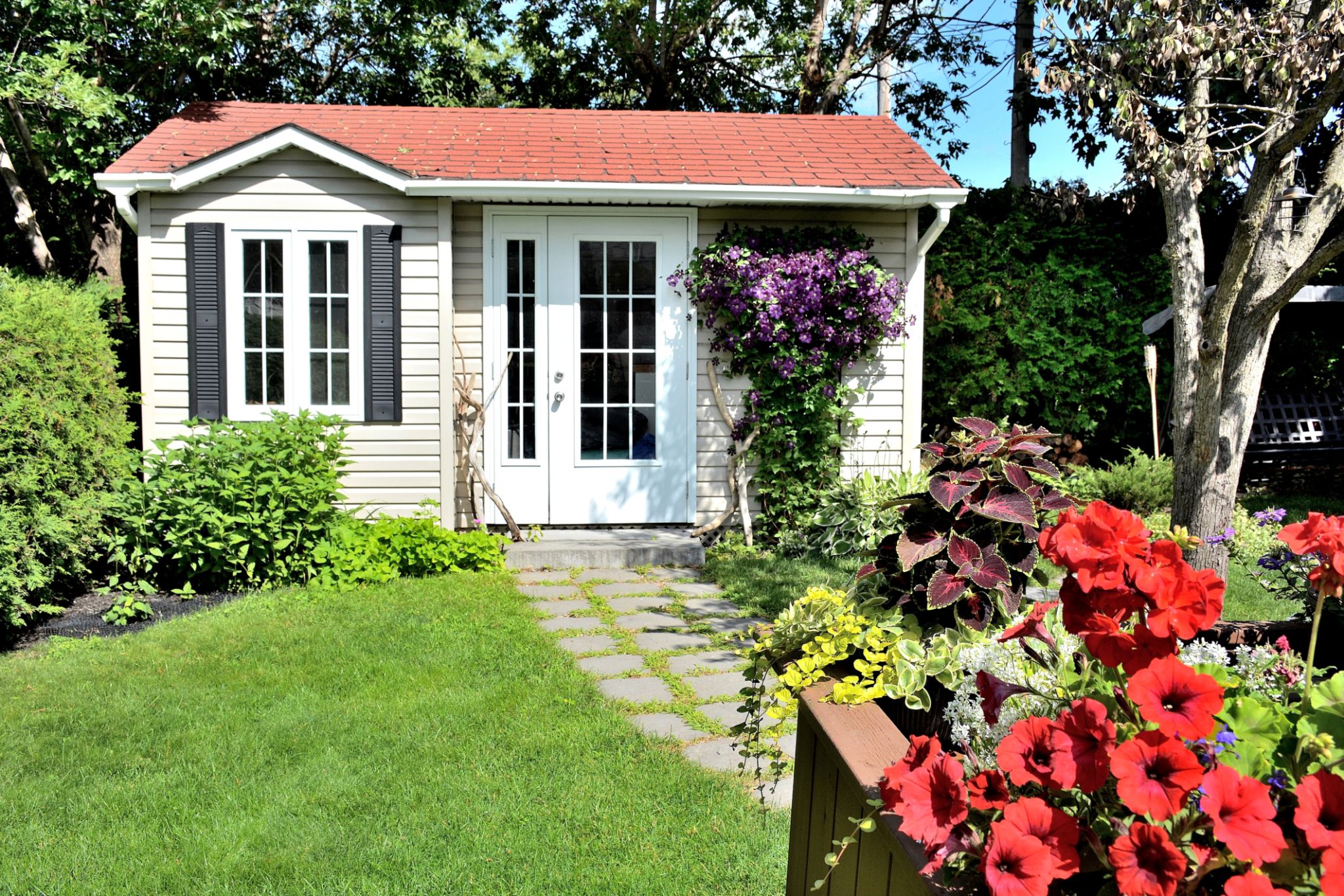DIY Landscaping for Small Gardens: Create a Beautiful Space on a Budget
Plan Your Space
Creating a beautiful garden in a small space requires thoughtful planning. Start by measuring your area and sketching a layout. Consider the sunlight, shade, and wind patterns to identify the best spots for different plant types. Mapping out your space helps in selecting suitable plants and features, ensuring every inch is utilized efficiently.

It's important to prioritize your needs and preferences. Do you want a cozy seating area, a small vegetable patch, or a vibrant flower bed? Define your garden's primary purpose, which will guide your decisions throughout the landscaping process.
Select the Right Plants
When it comes to choosing plants for a small garden, less is more. Opt for plants that offer multiple benefits, like those that provide color, fragrance, and attract pollinators. Think about vertical gardening to maximize space; climbing plants or wall-mounted planters can add depth and interest without taking up ground space.
Consider using native plants as they tend to thrive with minimal care. Additionally, perennial plants can be an excellent investment, as they return year after year, reducing the need for replanting.

Incorporate Functional Features
Even in a small garden, incorporating functional features can enhance usability and enjoyment. Choose compact furniture that folds away when not in use or consider built-in seating to save space. If you love cooking, a small herb garden near your kitchen door can be both practical and decorative.
Paths or stepping stones can create structure while directing foot traffic away from delicate plants. When selecting materials for paths or patios, consider using recycled or natural materials like gravel or flagstone to keep costs down.

Add Decorative Elements
Decorative elements add personality to your garden without requiring much space. Use mirrors strategically on walls or fences to create an illusion of depth and make your garden feel larger. Incorporate lighting elements such as solar-powered lanterns or string lights to create ambiance in the evenings.
Water features like small fountains or birdbaths can serve as focal points, adding sound and movement. DIY projects like painted pots or handmade garden signs can also personalize your space while keeping costs in check.
Maintain with Care
Once your garden is established, regular maintenance will keep it looking its best. Set aside time each week for weeding, pruning, and watering. Efficient watering systems like drip irrigation can help conserve water and ensure your plants receive adequate moisture.
Composting household waste creates nutrient-rich soil amendments that benefit your plants naturally and economically. Regularly assess your garden’s health and make adjustments as needed to ensure it continues to thrive.